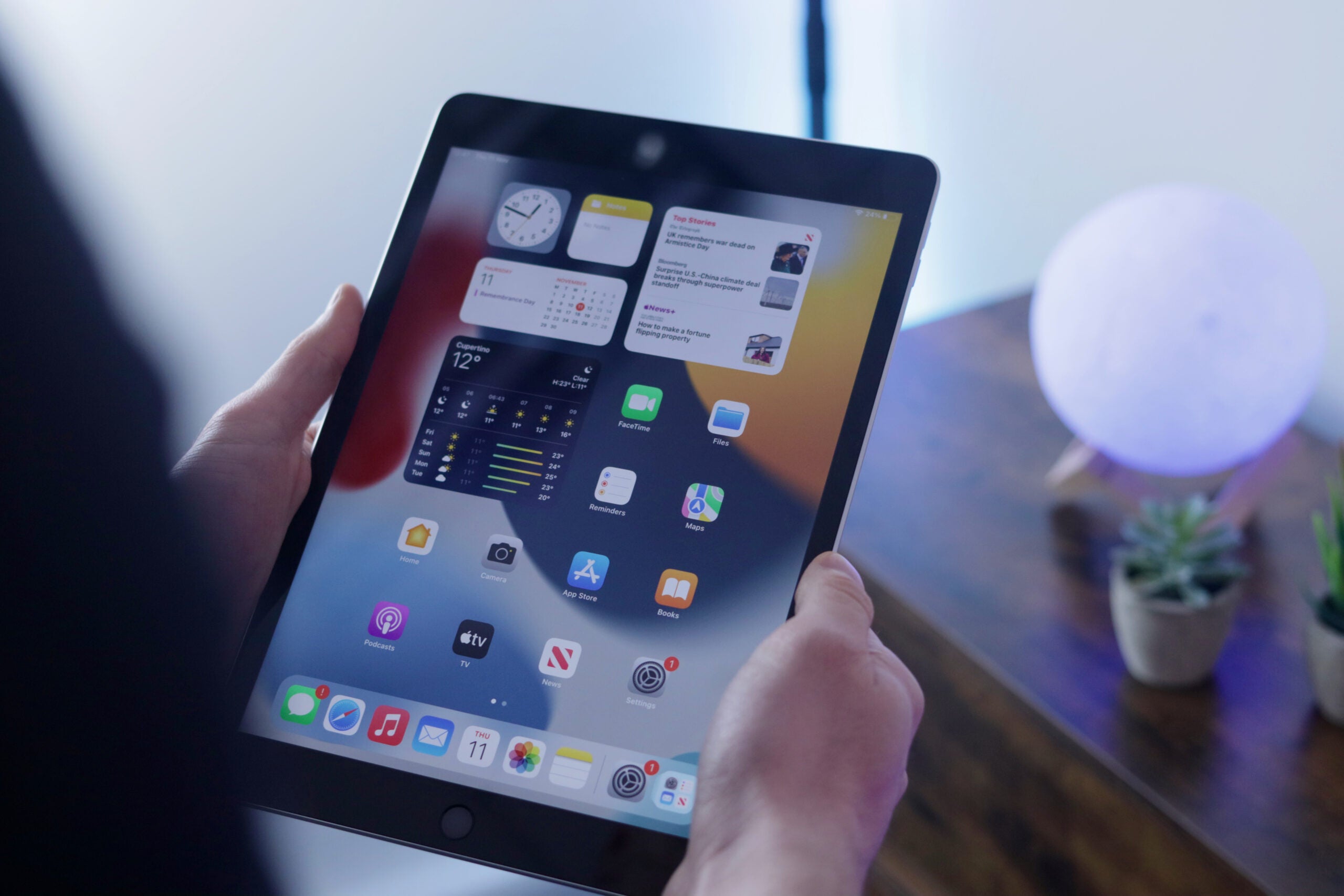Apple iPad vs iPad mini: What’s the difference?

The iPad and iPad mini are two popular ranges in Apple’s iPad collection, but what are the key differences between the two? There’s more to it than a different name, after all.
The iPad is generally regarded as Apple’s entry-level tablet, and its specs and build generally reflect this, offering a great – but not premium – tablet experience for those keen to get into the world of the iPad. The iPad mini, on the other hand, has been the go-to portable tablet for those on the go.
That makes a lot of sense, but recent iterations of iPad and iPad mini confuse this somewhat. Here, we break down the key differences between Apple’s iPad and iPad mini ranges, including the recent iPad mini 6 and iPad 10.
Price
Traditionally, there hasn’t been much between the prices of the iPad and iPad mini collections. As the name suggests, the entry-level iPad has always been the cheapest in the iPad collection. Though pricing has fluctuated through the years, you can pick up an iPad 9 on the cheap for around £369/$329 in 2023.
The iPad mini traditionally costs a little more than the iPad, with the iPad mini 5 costing £399/$399.
However, the redesigned iPad 10 and iPad mini 6 confuse things somewhat, with the premium design and other features knocking up the price. That said, the new iPad 10 costs £669/$599, while the iPad mini 6 will set you back a similar £569/$499.
Design and display
The biggest difference between the entry-level iPad collection and the iPad mini is size; while the iPad ranges in size between 9.7- and 10.9 inches depending on the generation you opt for, the iPad mini, as the name suggests, is quite a bit smaller.
More specifically, the vast majority of the iPad mini collection sporting a 7.9-inch display, although the most recent iPad mini 6 measures in at an expanded 8.3 inches despite boasting similar overall dimensions to its predecessor.


That’s mainly down to a redesign that brought the design of the iPad mini closer to that of recent versions of iPad Air and iPad Pro, complete with thinner bezels and the removal of the Home button providing more space for the display.
This makes the iPad mini the go-to option for those looking for something a little more portable than a standard iPad – but it’s not a cut-and-dry recommendation.
The smaller display also means it’s not quite as helpful as a big-screen tablet, especially with tasks like split-screen multitasking. Even the larger 8.3-inch panel isn’t the best for that kind of thing, making the regular iPad the better option for productivity.
Size aside, there’s also a difference in the look of the tablets. Most generations of the entry-level iPad resemble the OG iPad from back in the day, though it has slimmed down and got a little larger over the years.
However, that’s not quite the case with the iPad 10, sporting the same upgraded design as the iPad mini, but that comes at an increased £669/$599, as noted earlier.
The iPad mini is in a similar state; while most of the iPad mini collection sports the slightly ageing design with thick bezels and a home button, the most recent iPad mini 6 sports the same updated look as the majority of Apple’s tablet collection, though that comes at an increased cost.


Processing power
Generally speaking, the level of processing power is fairly evenly matched between Apple’s iPad and iPad mini collections, with neither looking to offer the very latest chipset – the mini due to its size and the iPad due to its price point – though there are a few notable differences.
The entry-level iPad range tends to sport the same chipset as the flagship iPhone from two years before release. The iPad 10, for example, sports the same A14 Bionic chipset that was found in the iPhone 12 and iPad Air 4, both of which were released two years earlier in 2020.
The iPad mini is traditionally in the same space as the iPad, sporting older chipsets that don’t quite deliver the very best performance available, though the iPad mini 6 bucks this trend somewhat with the A15 Bionic, the same chipset as the flagship iPhone 13 that was announced alongside the tablet.
This propelled the processing power of the iPad mini range, making it a better option for work-related applications – as long as you can deal with the smaller display, that is.

Accessory support
Aside from the size of the display, accessory support is another big differentiating factor between the iPad and iPad Mini collections.
The entry-level iPad has been positioned as the ideal iPad for schoolgoers, and as such, there is a range of first- and third-party accessories available ranging from the first-gen Apple Pencil to keyboard cases and more.
That is taken up a notch with the most recent iPad 10, with accessories like the second-gen Apple Pencil and Magic Keyboard both available for the tablet. It’s not quite as entry-level as the ‘true’ entry-level iPad, but it’s an option if you really need those high-end accessories.

The iPad mini, on the other hand, doesn’t quite offer the same breadth of accessory support. Most generations of iPad mini support the first-gen Apple Pencil like the cheaper iPads, and although the iPad mini 6 offers second-gen Apple Pencil support, there’s no official keyboard accessory available for the tablet – likely due to its small footprint and just how small the accompanying keyboard would need to be.
You can still connect a Bluetooth keyboard if you want, but it’s not an all-in-one option like with the regular iPad.







